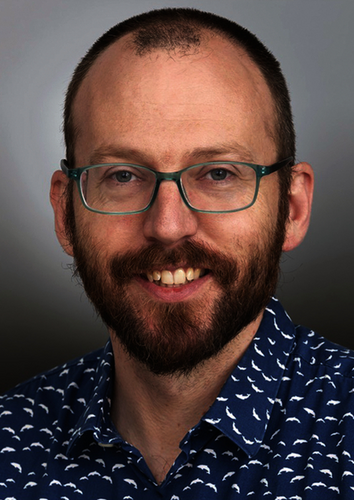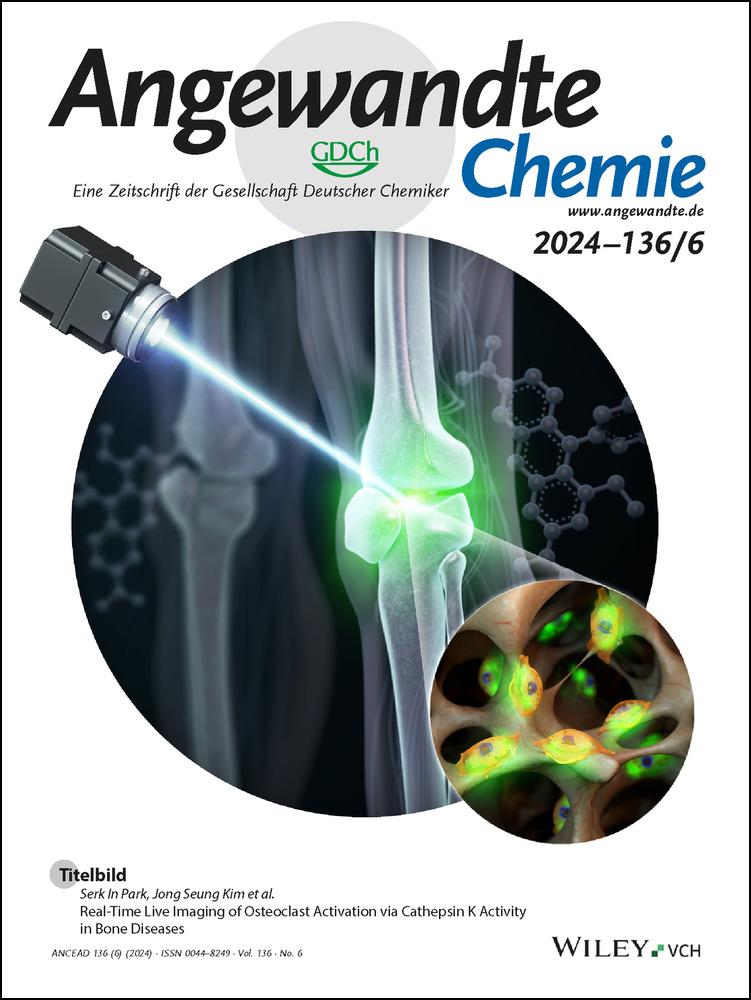Joel Hooper
Graphical Abstract
Joel Hooper
The author presented on this page has published his first article as a submitting corresponding author in Angewandte Chemie:
“RAFT Polymerisation by the Radical Decarboxylation of Carboxylic Acids”: M. Ayurini, D. Haridas, D. J. Mendoza, G. Garnier, J. F. Hooper, Angew. Chem. Int. Ed. 2023, 62, e202317071.
-
Position, Location:
-
Lecturer, School of Chemistry, Monash University (Australia)
-
ORCID:
-
-
Education:
-
2005 BSc (Hons.), University of Melbourne (Australia)
2009 PhD (Chemistry), Supervisor: Prof Andrew Holmes, University of Melbourne (Australia)
2010–2013 Postdoctoral research fellow, Supervisor: Prof Michael Willis, University of Oxford (UK)
2014–2015 Postdoctoral research fellow, Supervisor: Prof Craig Hutton, University of Melbourne (Australia)
-
Research:
-
Catalysis, organic synthesis, polymer and materials synthesis
-
Hobbies:
-
Homebrewing, basketball
My science “heroes” are Dieter Seebach and Barry Sharpless: people who have reached the highest levels of success in their field, but continue to innovate. Also, Hennig Brandt (discoverer of phosphorus). It takes a lot of scientific commitment to boil down 50 buckets of urine.
The greatest scientific advance of the next decade will be scalable and cheap battery technology. I don't know what chemistry will win the race, but I'm sure the rewards will be huge.
My first experiment was testing the existence of the Easter Bunny. I tied a string to my parents’ bedroom door, attached to a bunch of tin cans, thinking that I would catch them if they snuck out to hide eggs in the night. I slept through the night in silence and was convinced that the Easter Bunny was real. I forgot that my parents’ bedroom had a second door leading to the patio. Poor experimental design in hindsight.
A turning point in my career / current research project was when I started working with materials scientists and engineers. I love being in a multidisciplinary environment and seeing the applications of my work. Also, when you help engineers find a better way to make their molecule/material they look at you like you're a wizard.
My favorite molecule is ciguatoxin. Not only is it a great looking structure, but I love telling my undergraduate students about how it was isolated—by blending and extracting the guts from four tons of eels!
The most challenging part of my job is when my students have a prolonged period of unsuccessful experiments. I know that they will prevail in the end, but I hate to see the frustration on their faces.
I advise my students to start writing early.
My favorite thing about my lab group is its diversity. I love being in a group of people from all over the world united by a love of science.
I'm always in a good mood when I see a really clean proton NMR spectrum.
My secret/not-so-secret passion is lab work. I love being in the lab and would run experiments all day if I could. I often have to scold myself into staying in my office to finish my admin work.
The best advice I have ever been given is: “Choose your friends slowly.” My uncle told me this before I moved to the UK to start my postdoc. It served me well and I made many great friends (including my wife) in Oxford.
I lose track of time when I'm using Scifinder. So many rabbit holes to go down.
When I was a kid I wanted to be a scientist. I was constantly “inventing” machines to help my grandma on her farm.
My favorite drink is a really hoppy IPA.
Behind the Science
This work was mostly conducted by (now Dr.) Meri Ayurini during the COVID-19 pandemic. Melbourne was the most locked-down city in the world, and Meri could only access the lab under strict quarantine conditions. She also had a small child at home who could not attend school, so her days were spent homeschooling, while she would run experiments in the evening and early morning. It's a testament to Meri's talent that she could continue doing great science under these conditions, and a reminder of the importance of supporting working mothers!





